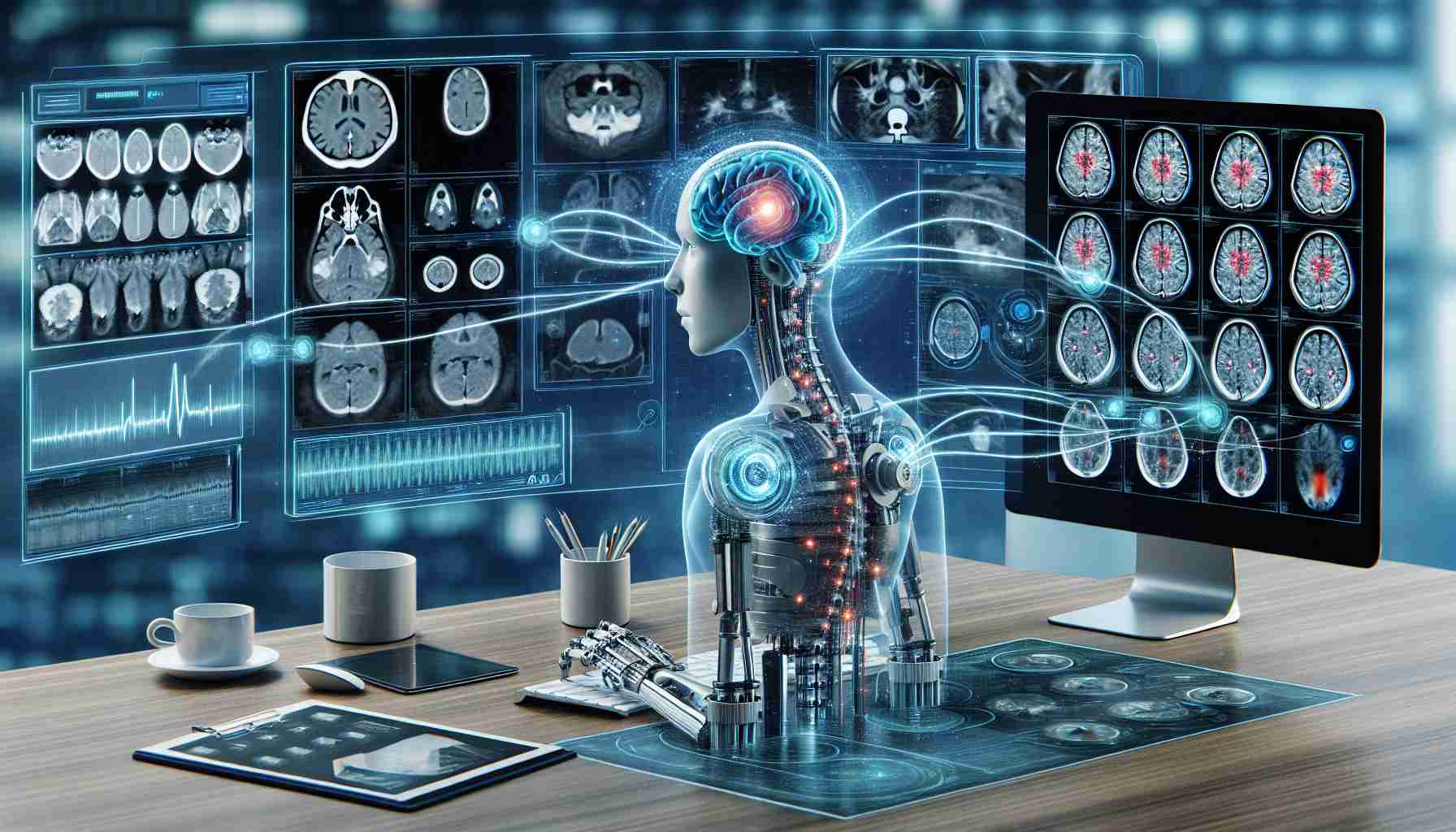Cutting-edge technology is transforming the way respiratory diseases are diagnosed and evaluated. A groundbreaking artificial intelligence (AI) model developed by a team at a leading medical institution in Osaka has the ability to estimate lung function test values accurately from chest X-ray images. This innovation opens up a new realm of possibilities for faster and more efficient diagnostics, especially during times when testing may be limited due to infectious disease outbreaks.
The traditional method of conducting lung function tests involves inhaling and exhaling deeply, with conditions such as chronic obstructive pulmonary disease (COPD) and asthma commonly diagnosed through these tests. However, concerns over the generation of respiratory droplets during testing have led to precautions being taken, particularly in patients suspected of having COVID-19. Additionally, challenges exist for certain demographics such as children and individuals with cognitive impairments.
The team focused on key parameters within lung function tests, specifically the maximum air volume exhaled forcefully and the volume of air exhaled in one second. By training the AI model on a dataset of X-ray images and corresponding lung function values from both healthy individuals and those with various lung conditions, they were able to achieve remarkable accuracy in estimating test values from separate images. The AI’s analysis, highlighting areas of normalcy in red and abnormalities in blue, aligned closely with assessments made by medical professionals.
Dr. Daiki Ueda, an associate professor specializing in artificial intelligence, emphasized the potential benefits of this technology for individuals unable to undergo traditional tests. The team’s goal now is to pursue regulatory approval for clinical use, marking a significant step towards enhancing healthcare accessibility and efficiency.
Advancing Healthcare through AI Imaging Analysis Innovation
Revolutionizing healthcare through AI imaging analysis is gaining momentum as cutting-edge technology continues to transform diagnostic processes. While the article touched upon the development of an AI model for estimating lung function test values from chest X-ray images, it is essential to delve deeper into the broader implications and challenges associated with this revolutionary approach.
Key Questions:
1. How does AI imaging analysis impact the accuracy and efficiency of diagnosing respiratory diseases?
2. What are the key challenges and controversies surrounding the integration of AI in healthcare diagnostics?
3. What advantages and disadvantages come with relying on AI technology for medical assessments?
Key Challenges and Controversies:
One of the primary challenges of integrating AI imaging analysis in healthcare is the need to address data privacy and security concerns. As AI algorithms rely on vast amounts of patient data for training and validation, ensuring the protection of sensitive information becomes crucial. Additionally, the reliance on AI models raises questions about the potential for algorithmic biases and the accountability of decision-making in medical settings.
Moreover, the integration of AI technology may present challenges in terms of healthcare professionals’ acceptance and trust in automated diagnostic systems. Building confidence in AI tools among medical professionals and patients is essential for successful implementation and widespread adoption. Furthermore, there may be concerns regarding the potential job displacement of healthcare workers as AI systems automate certain aspects of diagnosis and analysis.
Advantages and Disadvantages:
The advantages of AI imaging analysis in healthcare are manifold. AI technologies offer the potential for faster and more accurate diagnostics, leading to timely interventions and improved patient outcomes. Additionally, AI systems can process vast amounts of data rapidly, enabling healthcare providers to make more informed decisions efficiently.
However, the reliance on AI imaging analysis also comes with its disadvantages. AI algorithms are only as effective as the quality of the data they are trained on, highlighting the importance of ensuring diverse and representative datasets to mitigate biases. Moreover, the complexity of AI systems may pose challenges in terms of interpretability and transparency, raising concerns about how decisions are made and the level of human oversight required.
In conclusion, the integration of AI imaging analysis in healthcare holds immense promise for revolutionizing diagnostic processes and improving patient care. Addressing key challenges and controversies associated with the adoption of AI technology is essential to harnessing its full potential while ensuring ethical and equitable healthcare practices.

















